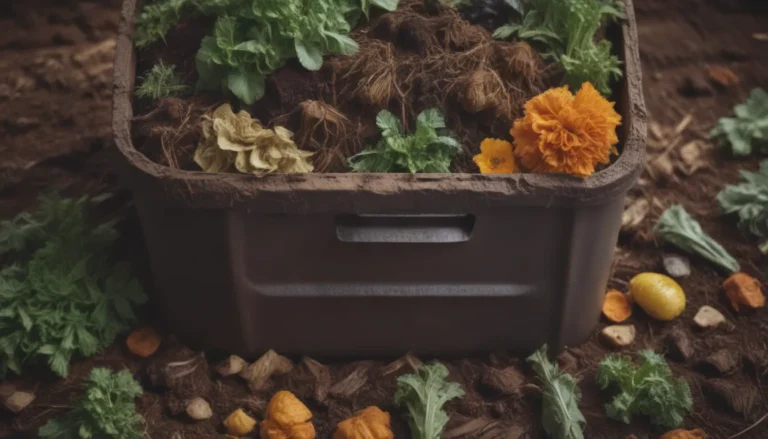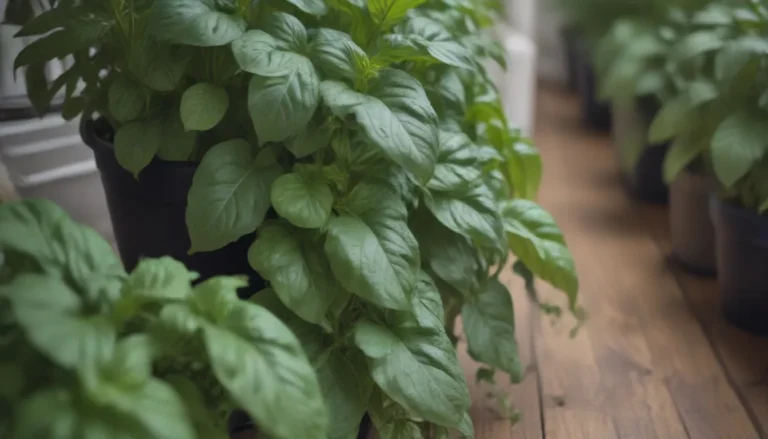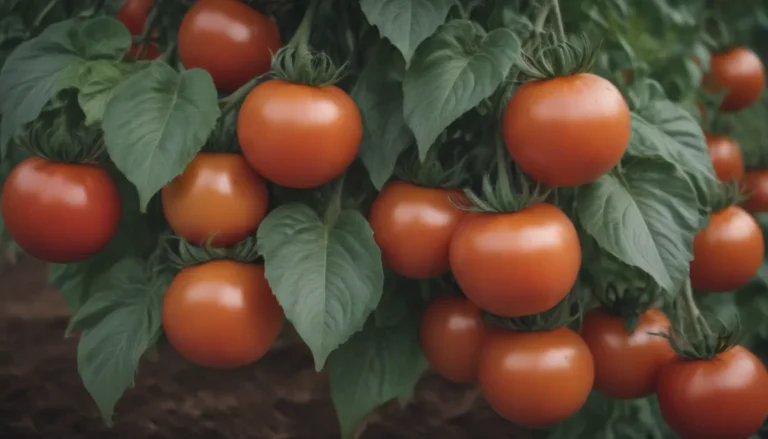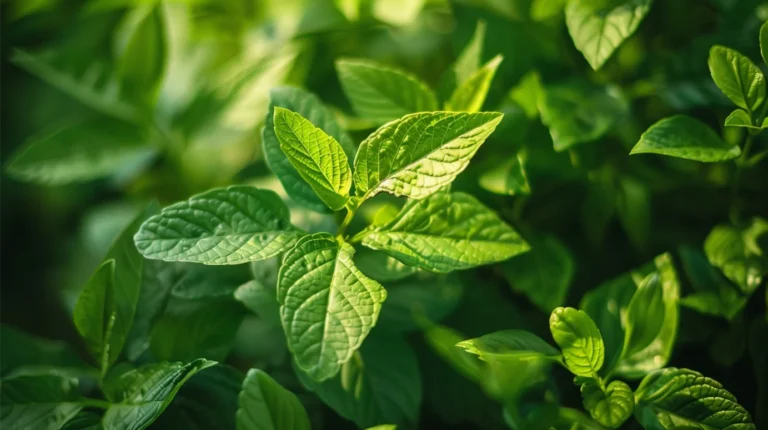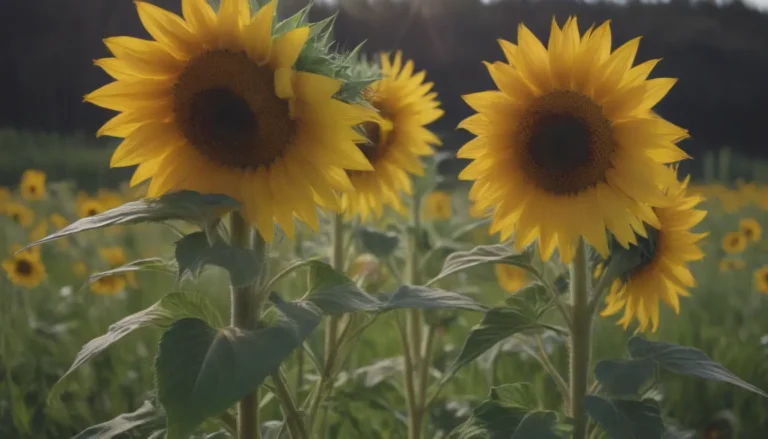9 Gorgeous Purple-Leaf Trees and Shrubs for Your Garden
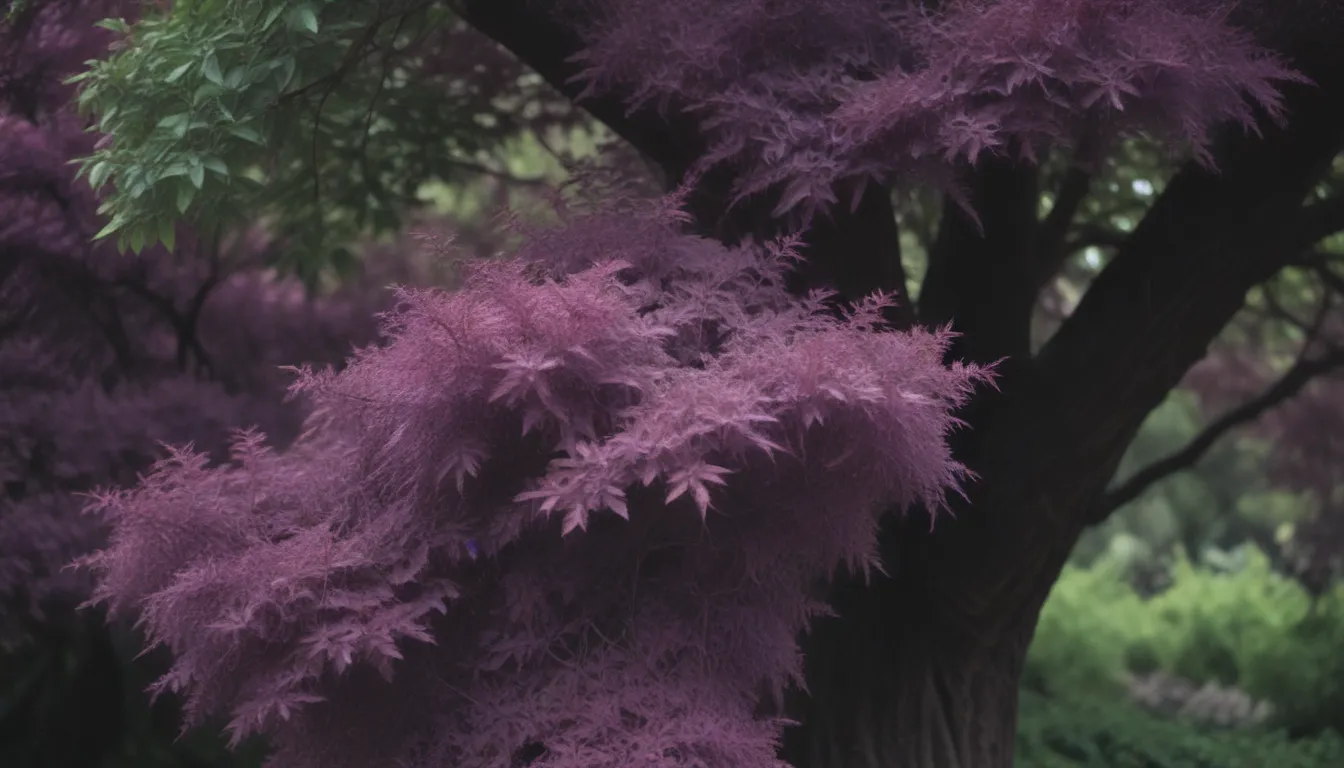
Are you looking to add some pizzazz to your garden? While greenery is beautiful, why not spice things up with some purple-leaf trees and shrubs? These stunning plants not only provide a pop of color but also add an element of intrigue and sophistication to your landscape.
In this comprehensive guide, we will explore nine ornamental trees and shrubs with purple leaves. From barberries to Japanese maples, each plant offers unique characteristics and benefits that will surely enhance the beauty of your outdoor space.
Why Choose Purple-Leaf Trees and Shrubs?
Purple leaves are a rare and eye-catching feature in the plant kingdom. They add depth and contrast to your garden, creating a dynamic and visually appealing landscape. Purple-leaf trees and shrubs can be used as focal points, borders, or accents to other green plants, making them versatile additions to any garden design.
Benefits of Purple-Leaf Trees and Shrubs:
- Adds color and interest to your landscape
- Creates a striking contrast with green plants
- Provides year-round beauty with colorful foliage
- Attracts pollinators and wildlife to your garden
Now, let’s dive into the world of purple-leaf trees and shrubs and discover the beauty they can bring to your outdoor space.
1. Barberries (Berberis thunbergii)
Barberries are versatile shrubs that come in various sizes, from compact 3-foot plants to larger specimens reaching 6 feet or more. These dense shrubs feature thorns, so be cautious when planting them in areas where children play. Pairing barberries with lime-green plants can create a stunning visual display in your garden.
Recommended Varieties:
– ‘Bagatelle’
– ‘Concorde’
– ‘Helmond Pillar’
– ‘Royal Burgundy’
– ‘Royal Cloak’
USDA Growing Zones: 4 to 8
2. Copper Beech (Fagus sylvatica)
Copper beech trees are known for their purple leaves and edible beechnuts. These majestic trees can grow over 100 feet tall, depending on the variety. Copper beeches are excellent choices for adding height and drama to your garden landscape.
Recommended Varieties:
– ‘Purpurea’
– ‘Atropurpurea’
– ‘Atropunicea’
USDA Growing Zones: Varies by variety
3. Crabapples (Malus sp.)
Crabapple trees are a delightful addition to any garden, offering colorful flowers, fruits, and leaves throughout the year. Some crabapple varieties produce edible fruit for both humans and wildlife, making them a practical and beautiful choice for your landscape.
Recommended Varieties:
– ‘Profusion’
– ‘Purple Prince’
– ‘Radiance’
– ‘Red Barron’
– ‘Royalty’
– ‘Thunderchild’
USDA Growing Zones: Varies by variety
4. Elderberries (Sambucus nigra)
Elderberry shrubs are not only beautiful but also provide edible fruits that can be used in a variety of recipes. These versatile shrubs thrive in zones 5 to 7 and can grow up to 8 feet tall, depending on the variety.
Recommended Varieties:
– ‘Black Beauty’
– ‘Black Lace’
– ‘Purpurea’
– ‘Thundercloud’
USDA Growing Zones: 5 to 7
5. Japanese Maples (Acer palmatum)
Japanese maples are prized for their unique leaf shapes and vibrant colors. These stunning trees can grow up to 25 feet tall, making them excellent choices for small gardens or as focal points in larger landscapes.
Recommended Varieties:
– ‘Atropurpureum’
– ‘Burgundy Lace’
– ‘Ever Red’
– ‘Garnet’
– ‘Sherwood Flame’
– ‘Tamukeyama’
USDA Growing Zones: 5 to 8
6. Purple Leaf Plum (Prunus cerasifera)
Purple leaf plum trees are known for their stunning purple leaves and small edible fruits. These trees stay relatively small, reaching heights of 15 to 25 feet, making them ideal for smaller yards or as accent trees in larger landscapes.
Recommended Varieties:
– ‘Hollywood’
– ‘Mt. St. Helens’
– ‘Newport’
– ‘Pissardii’
– ‘Pendula’
– ‘Thundercloud’
– ‘Krauter’s Vesuvius’
USDA Growing Zones: Varies by variety
7. Purple Leaf Sand Cherry (Prunus X cistena)
Purple leaf sand cherry is a versatile shrub or small tree that produces small purple fruits, attracting wildlife to your garden. These hardy plants can thrive in cold climates and require plenty of sunlight for optimal growth.
USDA Growing Zones: 2 and up
8. Purple Ninebark (Physocarpus opulifolius)
Purple ninebark is a stunning shrub that features white or pink flowers and thrives in cold climates, making it an excellent choice for northern gardeners. These versatile shrubs can tolerate partial shade and grow up to 8 feet tall, adding a touch of elegance to your landscape.
Recommended Varieties:
– ‘Center Glow’
– ‘Coppertina’
– ‘Diablo’
– ‘Summer Wine’
USDA Growing Zones: 2 and up
9. Purple Smokebush (Cotinus coggygria)
Smokebush shrubs are named for their fuzzy balls of unfertilized flowers and are available in both green and purple-leaf varieties. The purple smokebush can grow into a large and sprawling shrub, adding drama and color to your garden landscape.
Recommended Varieties:
– ‘Grace’
– ‘Nordine Red’
– ‘Notcutt’s Variety’
– ‘Royal Purple’
– ‘Velvet Cloak’
USDA Growing Zones: Varies by variety
In conclusion, incorporating purple-leaf trees and shrubs into your garden can elevate the beauty and charm of your outdoor space. Whether you choose barberries, copper beeches, or Japanese maples, these unique plants will add color, texture, and interest to your landscape. So, why not add a touch of purple to your garden and watch it bloom with beauty and vibrancy?
